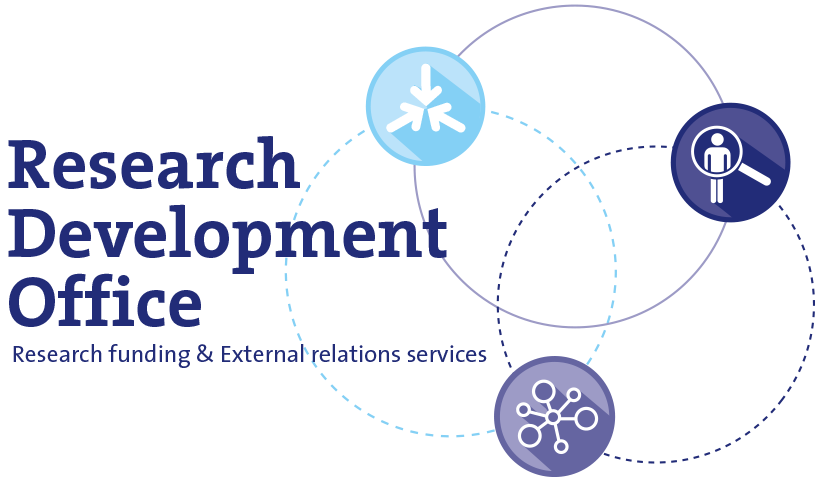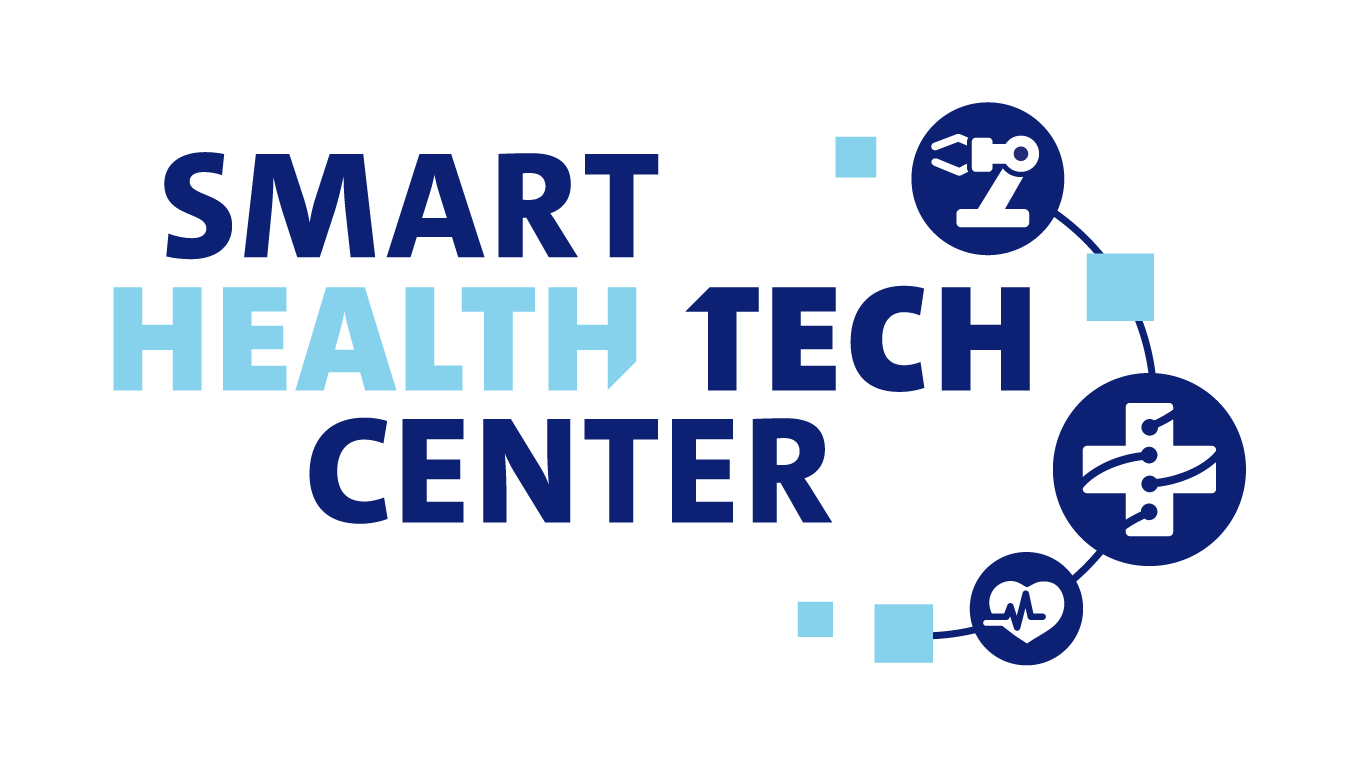Nanoparticles for Cas9 Targeting in Hematopoietic Stem Cells

Project summary
1) NANOCAST 1 and 2, in which Erasmus MC, LUMC and Harbour Antibodies join forces, aims to develop an efficient delivery method for the systemic administration of CRISPR genome editing components to blood stem cells.
2) CRISPR genome editing technology has great potential to cure a large variety of human diseases, including those of the blood forming system. Most of these diseases still have a great unmet medical need. For example, each year ~300,000 patients with sickle cell disease are born, with limited treatment options. To develop much needed cures for hereditary blood diseases, the CRISPR genome editing system can be employed to repair genes in blood stem cells. To date, in vivo editing of this rare cell population remains a challenge.
3) NANOCAST will combine advances in nanotechnology and biochemistry to develop targeted in vivo gene repair for the treatment of blood diseases. The approach is based on nanoparticles made of poly(lactic-co-glycolic acid) and lipid-polyethylene glycol. CRISPR guide-RNAs with proven therapeutic effects and Cas9 endonuclease (Erasmus MC) will be encapsulated in these biodegradable nanoparticles (LUMC) and guided by novel state-of-the-art antibodies (Harbour Antibodies) to blood stem cells in the bone marrow.
4) The nanoparticles will improve the stability and delivery of the genome editing components and allow long-term storage, while the antibodies ensure targeting to blood stem cells. These are key factors to facilitate curative genetic therapy in the clinic at greatly reduced costs. The targeting moieties and guide-RNAs can be easily adjusted to target a large variety of diseases in distinct cell types and tissues.
Impact
Type the project impact here.
More detailed information
Principal Investigator:
J. Philipsen
Role Erasmus MC:
Coördinator
Department:
Cardiology
Project website:
Not available
Funding Agency:
Health Holland



